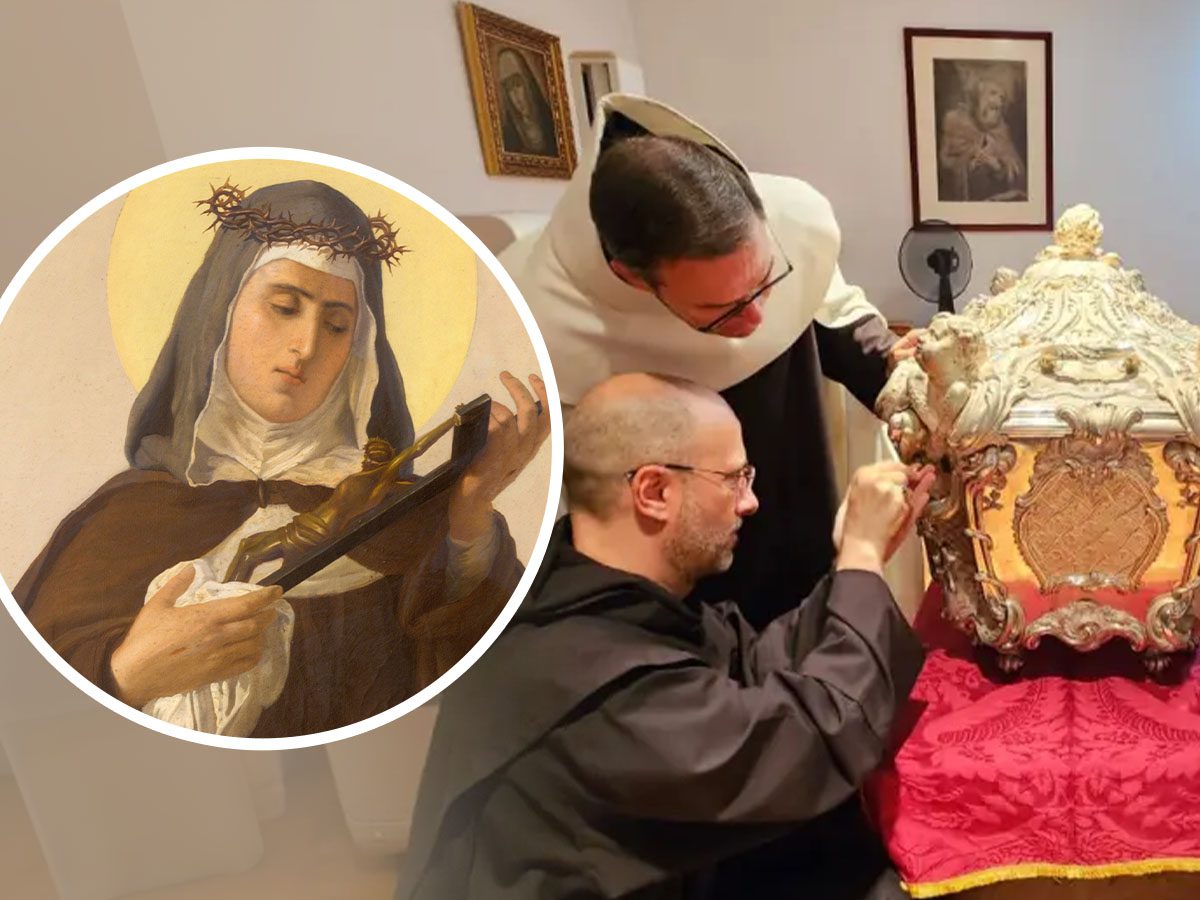
Catholics are calling the recent exhumation of the body of St. Teresa of Avila a miracle after her body was found to be “incorruptible,” nearly 450 years after her death. St. Teresa’s tomb, located in the Spanish town of Ronda, was reopened the end of last month by a group of Discalced Carmelite nuns, monks and priests, who examined the relics of her hand, heart, and arm. Fr. Miguel Ángel González described the complex process of opening the tomb in a press release, saying, “First, the marble slab in the tomb had to be removed. Later, in the room set up for the studies to which the Saint’s major relics will be subjected – and only with the presence of the scientific medical team and the members of the ecclesiastical court – has the silver tomb been opened.” The exhumation was part of a July 1 request from bishop of Salamanca, Luis Retana, as part of a canonical recognition of the remains. According to Catholic tradition, part of the requirements of sainthood is that a saint’s remains are “incorrupt” after death.
Opening the tomb involved a complicated arrangement of utilizing ten keys to access her coffin. The tomb was last opened in 1914. After observing photographs taken from that time, Fr. Marco Chiesa remarked on how well-preserved the body remained from then. “The uncovered parts, which are the face and foot, are the same as those they were in 1914. There is no color, there is no skin color, because the skin is mummified, but it is seen, especially in the middle of the face,” he noted. He admitted that the previous photographs were in black and white, making comparison “difficult,” but that “the parts uncovered, which are the face and the foot, are the same as they were in 1914.”
The research included a three-part process that will span several months. The first part of the process took place from August 28-31 and involved taking photographs and cleaning the reliquaries. The second part involves sending the remains to a lab in Italy for further scientific study on the condition of the body. This part will take a few months, after which the third phase will offer any recommendations for ways to better preserve the body if necessary. “The Order sees fit to do this work and it will be the specialists who, after their exhaustive work, will give us conclusions. We know, from similar studies, that we will be able to learn data of great interest about Teresa and also recommendations for the conservation of the relics, but that will be at another stage,” stated Cheisa. After the research, St. Teresa’s body will be placed back in the tomb in honor.
St. Teresa is the patron saint of chess players, lace makers, loss of parents, people in need of grace, people in religious orders, people ridiculed for their piety, and those who are sick. She was declared a saint in 1622. A mystic and writer, she is credited for contributing to Catholic spirituality and was the first woman to be elevated to the position of doctor of the church in 1970. Within a few years of joining the Carmelite Convent of the Incarnation, St. Teresa’s health failed, and she spent a number of years in deep prayer before her recovery. After a decade and a half of ignoring prayer, she pushed for reformation in the church and further contemplation on prayer within the church. She died undertaking travels of hundreds of miles of travel in order to bring about further reform.


